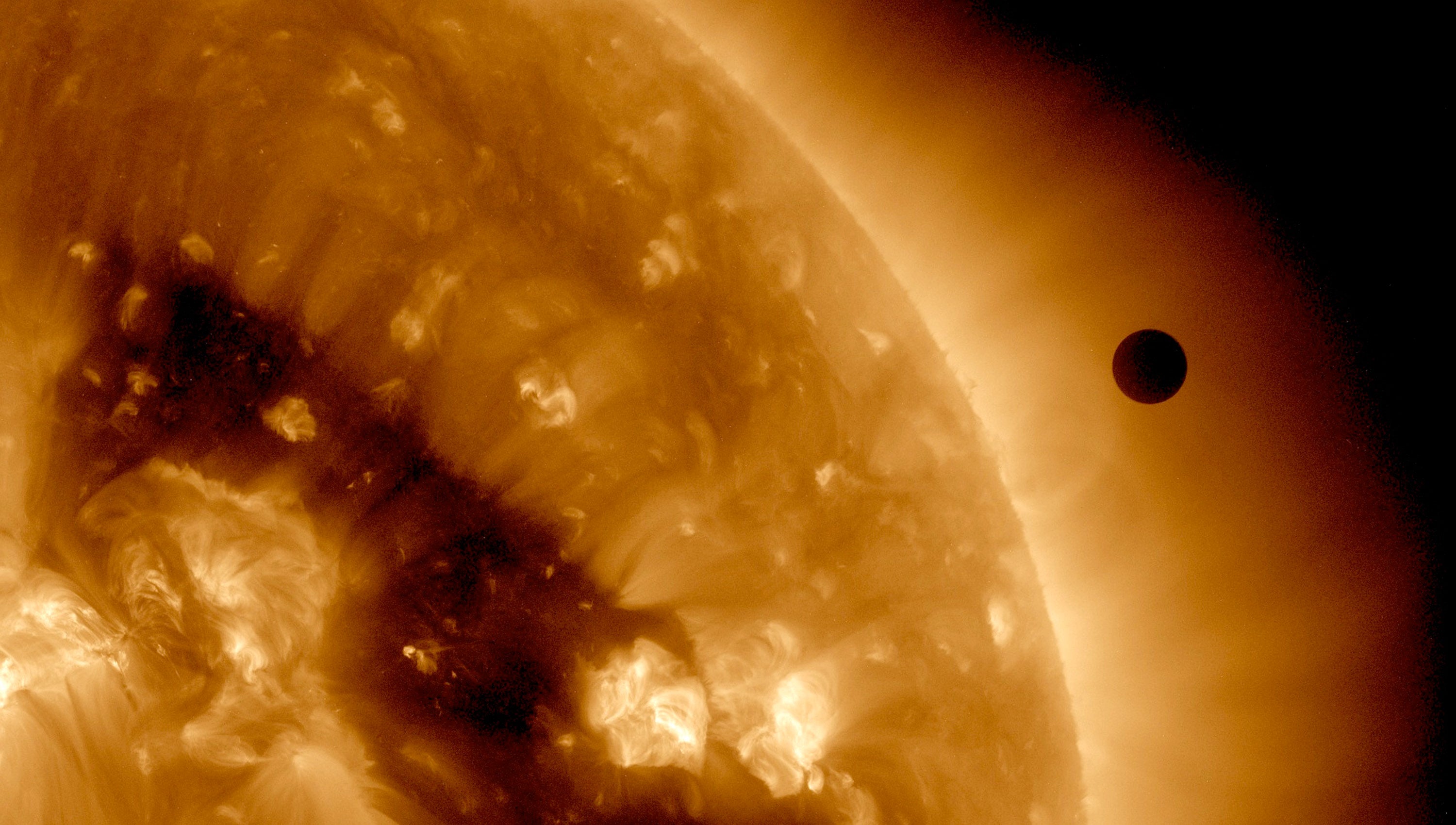Venus is ‘geologically active’, revolutionary new evidence suggests
Surface of the planet is changing in ways that suggest it has volcanic eruptions and lava flows

Venus is geologically active, according to revolutionary new evidence.
The findings could help finally answer the longstanding question of what is going on inside our sister planet.
Venus has long been a point of speculation for scientists, some of whom even believe that it might support alien life. It is also fascinating because it is similar to Earth in a variety of ways, such as its size and mass.
But scientists have never known for sure whether it has geological activity beneath its surface. It differs from the Earth in that it does not have plate tectonics, which on our planet are where volcanic activity arise from.
Now scientists believe they may have found evidence that it does nonetheless have volcanic activity, after finding what appears to be the remnants of eruptions and lava flows.
Scientists spotted a 1-square-mile volcanic vent that appears to have changed in shape and grown over eight months, in 1991. What was a circular formation of a square mile had become, eight months later, an irregular shape that was 50 per cent bigger.
Researchers think the most likely explanation is that lava has flown out of a volcanic vent, which is part of the larger Maat Mons volcano system. Researchers speculate that those flows formed a lake in the eight months between the two images, though it is unclear whether it would have been liquid or cooled down and turned solid.
“We can now say that Venus is presently volcanically active in the sense that there are at least a few eruptions per year,” said Robert Herrick, a research professor at University of Alaska Fairbanks Geophysical Institute. “We can expect that the upcoming Venus missions will observe new volcanic flows that have occurred since the Magellan mission ended three decades ago, and we should see some activity occurring while the two upcoming orbital missions are collecting images.”
The new discoveries were found in radar images taken of the planet by the Magellan spacecraft between 1990 and 1992. Though the images were old, it took until now for scientists to search through them and successfully find changes in features that indicated activity beneath the surface.
A paper describing the findings, ‘Surface changes observed on a Venusian volcano during the Magellan mission’, is published in the journal Science.
Join our commenting forum
Join thought-provoking conversations, follow other Independent readers and see their replies
Comments
Bookmark popover
Removed from bookmarks